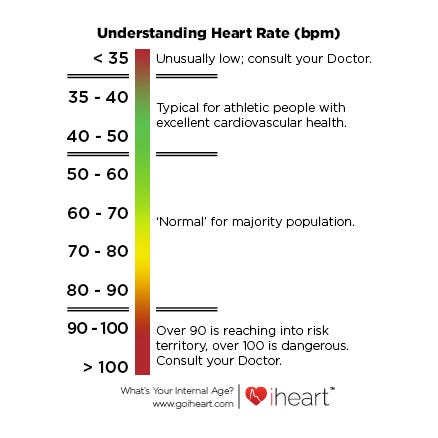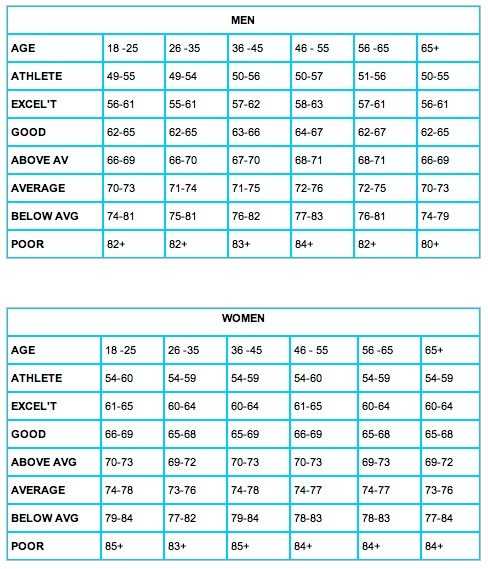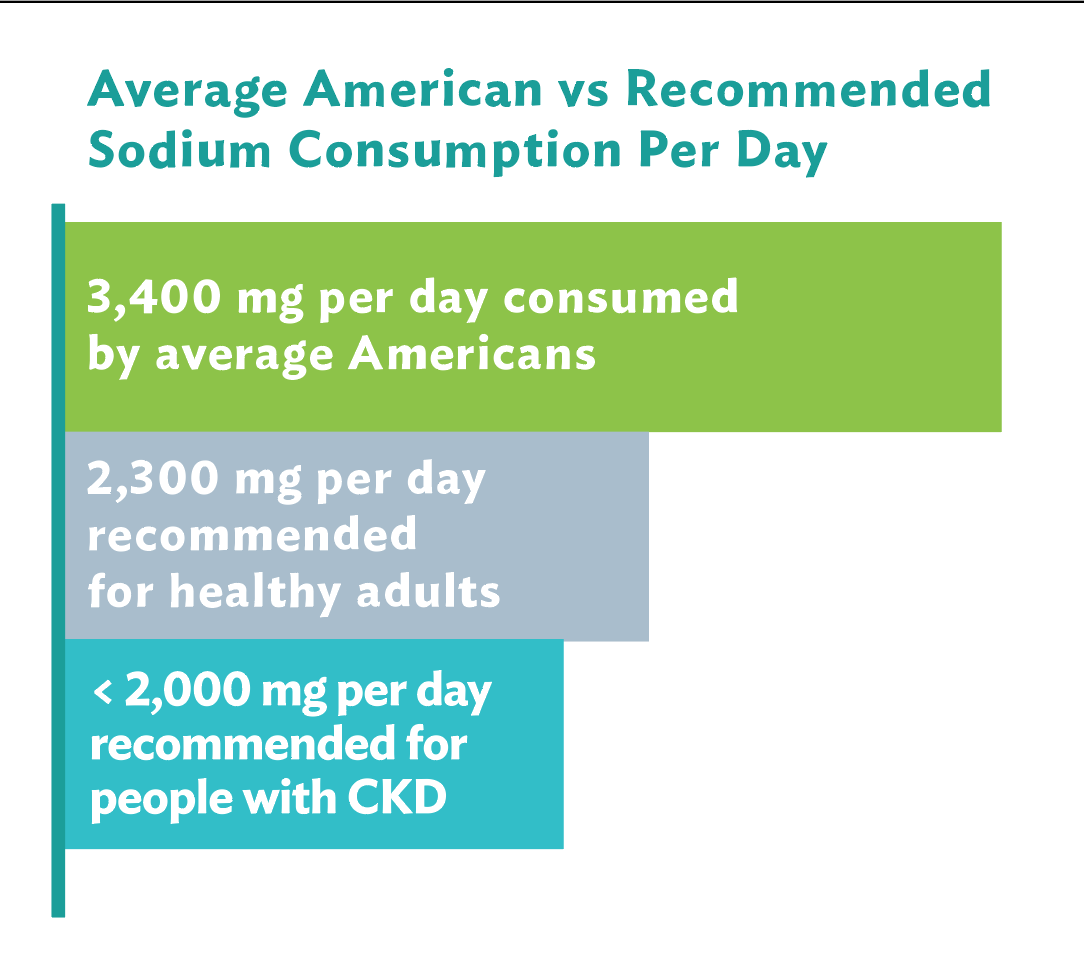10 rows Target heart rate during moderate intensity activities is about 50-70 of maximum heart. What should your heart rate be.
 What Is A Normal Resting Heart Rate By Adam Sharp Medium
What Is A Normal Resting Heart Rate By Adam Sharp Medium
Your resting heart rate is the heart pumping the lowest amount of blood you need because youre not exercising.

What should the average heart rate be. What is a Normal Resting Heart Rate. Your heart rate is the number of times your heart beats per minute bpm. However it is not recommended to exceed 85 percent of your maximum heart rate.
Generally a lower heart rate at rest implies more efficient heart function and better cardiovascular fitness. Because heart rate generally decreases as body size increases babies have the highest pulse. The resting heart rate for most healthy adults should fall between the 60-100 beat per minute range with the scores closer to 60bpm than a 100.
It can go up to 130150 beats or higher per minute when youre exercising thats normal because the body needs to pump more oxygen-rich blood around the. Your child however may have a higher pulse rate. What Is a Normal Heart Rate.
9 rows As per the American Heart Association AHA if you are an adult your heart rate should be. Having a heart rate in that sweet spot is important because it decreases the demand of your heart muscle meaning it. Most runners ages 20 to 45 will want to train between 100 and 160 bpm on average.
A normal resting heart rate is between 60 and 100 beats per minute. After the age of 10. However this number may rise with age and is.
A normal resting heart rate should be 60100 beats per minute but it can vary from minute to minute. This may be increased or decreased depending on your health factors and your health care provider may want you to limit the target heart rate zone to 50 percent. Normal Resting Heart Rate for Women.
A normal resting heart rate for adults ranges from 60 to 100 beats per minute. Their pulse rate can go as high as 100 if the individual is using certain medications has a fever anemia etc. This varies based on a persons lifestyle and activity.
This is usually their resting pulse rate. Many parents know that their own pulse or heart rate should be within about 60 to 100 beats per minute. According to the American Heart Association AHA the average resting heart rate is between 60 and 100 beats per minute.
Your target heart rate when exercising is normally 60 to 80 percent of your maximum heart rate. A normal resting heart rate for adults is between 60 beats per minute bpm and 100 bpm. A normal heart rate is generally stated to be between 60-100 beats per minute at rest sitting relaxing etc.
A normal resting heart rate is usually between 60 and 100 beats per minute. We highlighted the term adults because for children it is a whole different ball game. However it will vary depending on when its measured and what you were doing immediately before the reading.
For adults the normal pulse rate is considered to be around 60 beats per minute. But a heart rate lower than 60 doesnt necessarily signal a medical problem. 11 rows The heart rate measures the number of times the heart beats per minute.
The average exercise heart rate for people who are really active like athletes could. However recent studies here and here have suggested that an ideal resting heart rate is between 50-70 beats per minute. It used to be thought that a normal resting heart rate is somewhere between 60-100 beats per minute bpm.
Depending on their age children can have a pulse between 43 and 180 beats per minute. An abnormal pulse rate below 60 bpm or above 100 bpm could increase your risk of cardiovascular disease stroke or early death. For example a well-trained athlete might have a normal resting heart rate closer to 40 beats per minute.
If youre sitting or lying and youre calm relaxed and arent ill your heart rate is normally between 60 beats per minute and 100 beats per minute. The normal resting heart rate for adult women is similar for men between 60 bpm and 100 bpm. Your number may vary.
The NHS guidance indicates that the average rate at rest for adults is usually between 60 and 100 beats per minute BPM. A normal heart rate is between 60 and 100 bpm while youre resting. Children tend to have higher resting heart rates than adults.


